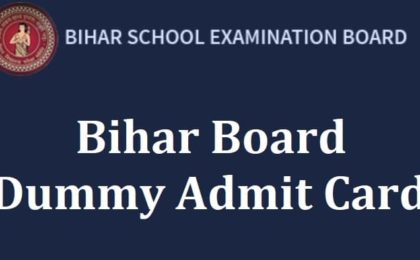NCERT solutions are study materials developed for helping students improve their scores and understanding of the subjects. These books are considered the most significant because the concepts are very carefully explained in the books, and it helps students learn and understand easily. These solutions are available in pdf format chapter-wise and include questions and answers that students can download to make their study easy and help in revision.
NCERT books provide each chapter in a detailed manner with advanced concepts and solutions to all the questions prescribed at the end of each chapter. NCERT Solutions for Class 9 English includes four different sections, and each team has many branches like prose, poetry and drama. The solutions give accurate answers to all the exercise questions provided in the textbook.
NCERT Class 9 English Beehive
English Beehive is one of the books belonging to class 9 English. This book has twenty chapters, and the solutions are provided at the end of each chapter.
English Beehive
- Chapter 1 The Fun They Had
- Chapter 1 The Road Not Taken
- Chapter 2 The Sound Of Music
- Chapter 2 Wind
- Chapter 3 The Little Girl
- Chapter 3 Rain On The Roof
- Chapter 4 A Truly Beautiful Mind
- Chapter 4 The lake Isle Of Innisfree
- Chapter 5 The Snake And The Mirror
- Chapter 5 A Legend Of The Northland
- Chapter 6 My Childhood
- Chapter 6 No Men Are Foreign
- Chapter 7 Packing
- Chapter 8 Reach For The Top
- Chapter 8 On Killing A Tree
- Chapter 9 The Bong Of Love
- Chapter 9 The Snake Trying
- Chapter 10 Kathmandu
- Chapter 10 A Slumber Did My Spirit Seal
- Chapter 11 If I Were You
English Beehive Chapter 6
Chapter 6 is an extract from “Wings of Fire”, the autobiography of Dr A.P.J. Abdul Kalam. My Childhood Class 9 English text tells us about the childhood experience of Abdul Kalam. He was born in a middle-class Muslim family in 1931 in Rameshwaram. He was greatly influenced by his parents, his teachers and his friends in his childhood. His father was not well educated, but he was so generous and provided all the necessities for his children. Kalam inherited self-discipline, honesty, faith and kindness from his parents. They visited Hindu temples and participated in festivals. They have respect in all religions. Kalam earned his first wages in Rameshwaram by helping his cousin, who distributed newspapers.
Abdul Kalam has three friends who belong to the orthodox Brahmin families. Ramananda Sastry, Aravinda and Shivaparakasan. When he was in the fifth standard sitting in a front row with his friends, a new teacher asked him not to sit with the Hindu children. Then the children explained the incident in their house, and Sastry’s father called the teacher and rebuked him. The teacher realised his mistake and apologised. One day his science teacher invited Kalam to his house for dinner. His wife refused to serve him as he is a Muslim boy. Then the teacher himself served the food and ate with him. The teacher’s wife could notice nothing changes in Kalam’s face, and she realised her mistake. When he was invited for dinner, the teacher’s wife served the food for Kalam and was happy.
Abdul Kalam asked his father for permission to go for higher studies. Though he knew that he had to leave his parents, his father agreed and sent him to Ramanathapuram. His father convinced his mother and said that we should not dominate our children because they too have their thoughts and desires. We should give them the freedom to fulfil their thoughts.
Important questions from the chapter My Childhood
- When was Abdul Kalam born?
- Who were Abdul Kalam’s parents?
- Who were Kalam’s school friends?
- When did Kalam earn his first wages?
- Why did Abdul Kalam want to leave Rameshwaram?
Thus the NCERT solution for class 9 English helps students while preparing for exams. It gives easy comprehension for students to understand different topics present in the chapters.






